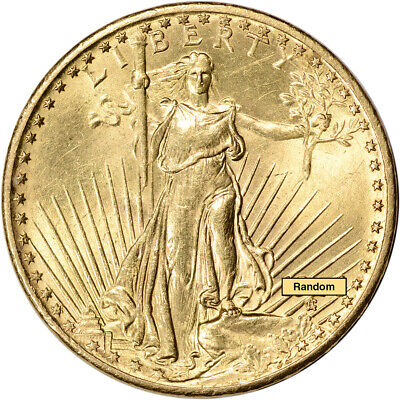Coins are more than just currency; they are artifacts that offer a glimpse into the history, culture, and art of different time periods. As numismatists, we delve into the study of coins, understanding their origins, significance, and value. This article explores the essentials of numismatics, focusing on how coins gain value and what collectors should look for when assessing their worth.

What is Numismatics?
Numismatics is the study of coins, currency, and other related objects. It is a field that combines elements of history, archaeology, and economics. Numismatists analyze coins to understand their historical context, production techniques, and circulation patterns. This knowledge helps in determining the value of coins in today’s market.
Factors Influencing Coin Value
The value of a coin is not static; it is influenced by several factors. Here are the primary aspects that numismatists consider when evaluating a coin:
- Rarity: Coins that were minted in limited quantities or have survived in small numbers are often more valuable. Rarity can be affected by minting errors or historical events that reduced the number of coins.
- Condition: The physical state of a coin, referred to as its grade, plays a critical role in its value. Coins that are well-preserved and exhibit minimal wear are more desirable.
- Demand: Market demand can greatly impact a coin’s value. Coins that are popular among collectors or have historical significance tend to have higher demand.
- Age: Older coins can be valuable due to their historical significance, though age alone does not determine value.
- Metal Content: Coins made from precious metals like gold, silver, or platinum may have intrinsic value based on their metal content.
Grading Coins
Coin grading is a critical part of numismatics that assesses the condition of a coin. The Sheldon Scale, ranging from 1 to 70, is widely used for this purpose, with 70 representing a perfect, uncirculated coin. Here is a brief overview of the grading scale:
| Grade | Description |
|---|---|
| 1-10 | Poor to Good: Heavily worn, with details barely visible. |
| 11-20 | Fair to Fine: Details are more visible but still show significant wear. |
| 21-40 | Very Fine: Moderate wear with clear details. |
| 41-58 | Extra Fine: Light wear, with most details sharp and clear. |
| 59-70 | Uncirculated: No wear, with mint luster intact. |
Identifying Valuable Coins
For collectors, identifying valuable coins involves a keen eye and an understanding of the market. Here are some tips for recognizing valuable coins:
- Research: Stay informed about historical events and minting details that could affect a coin’s rarity and value.
- Authentication: Ensure coins are authenticated by reputable services to verify their legitimacy and condition.
- Compare Prices: Use auction results and price guides to compare current market values.
Investing in Coins
Coins can be a valuable addition to an investment portfolio. However, it is essential to approach coin investing with knowledge and caution. Consider the following when investing in coins:
- Long-term Perspective: Coin values can fluctuate, so a long-term investment strategy is often advisable.
- Diversification: Diversify your collection to include coins from different periods and regions.
- Professional Advice: Consult with experienced numismatists or financial advisors who specialize in tangible assets.
Conclusion
The world of numismatics offers a fascinating insight into history and culture through the lens of coins. Understanding the factors that influence coin values is crucial for both collectors and investors. By examining rarity, condition, demand, age, and metal content, numismatists can assess the worth of coins accurately. Whether you’re a seasoned collector or new to the field, embracing the principles of numismatics will enhance your appreciation and knowledge of this timeless pursuit.